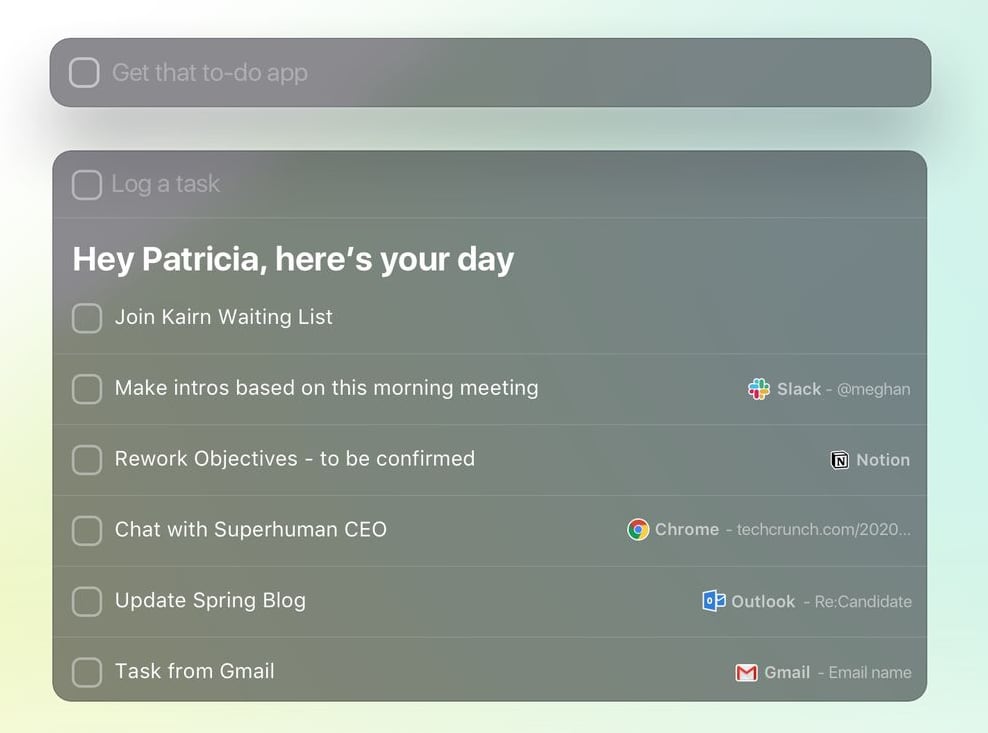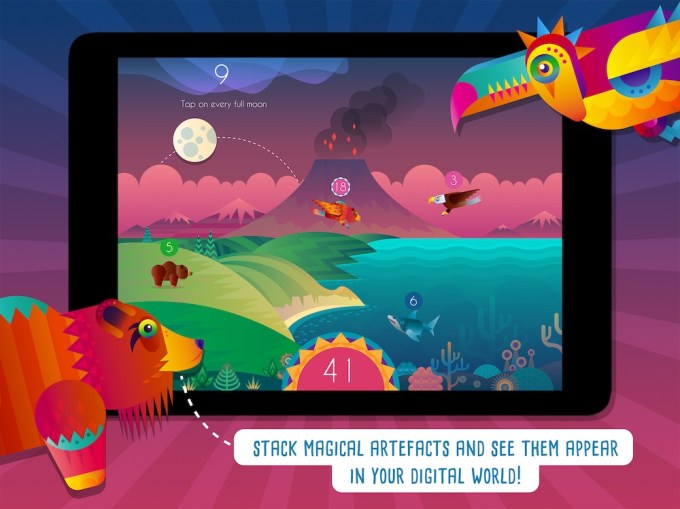In spite of being in the midst of a pandemic sowing economic uncertainty, one area that continues to thrive is cloud computing. Perhaps that explains why Microsoft, which saw Azure grow 59% in its most recent earnings report, announced plans to open a new data center in New Zealand once it receives approval from the Overseas Investment Office.
“This significant investment in New Zealand’s digital infrastructure is a testament to the remarkable spirit of New Zealand’s innovation and reflects how we’re pushing the boundaries of what is possible as a nation,” Vanessa Sorenson, general manager at Microsoft New Zealand said in a statement.
The company sees this project against the backdrop of accelerating digital transformation that we are seeing as the pandemic forces companies to move to the cloud more quickly with employees often spread out and unable to work in offices around the world.
As CEO Satya Nadella noted on Twitter, this should help companies in New Zealand that are in the midst of this transformation. “Now more than ever, we’re seeing the power of digital transformation, and today we’re announcing a new datacenter region in New Zealand to help every organization in the country build their own digital capability,” Nadella tweeted.
The company wants to do more than simply build a data center. It will make this part of a broader investment across the country, including skills training and reducing the environmental footprint of the data center.
Once New Zealand comes on board, the company will boast 60 regions covering 140 countries around the world. The new data center won’t just be about Azure, either. It will help fuel usage of Office 365 and the Dynamics 365 back-office products, as well.














